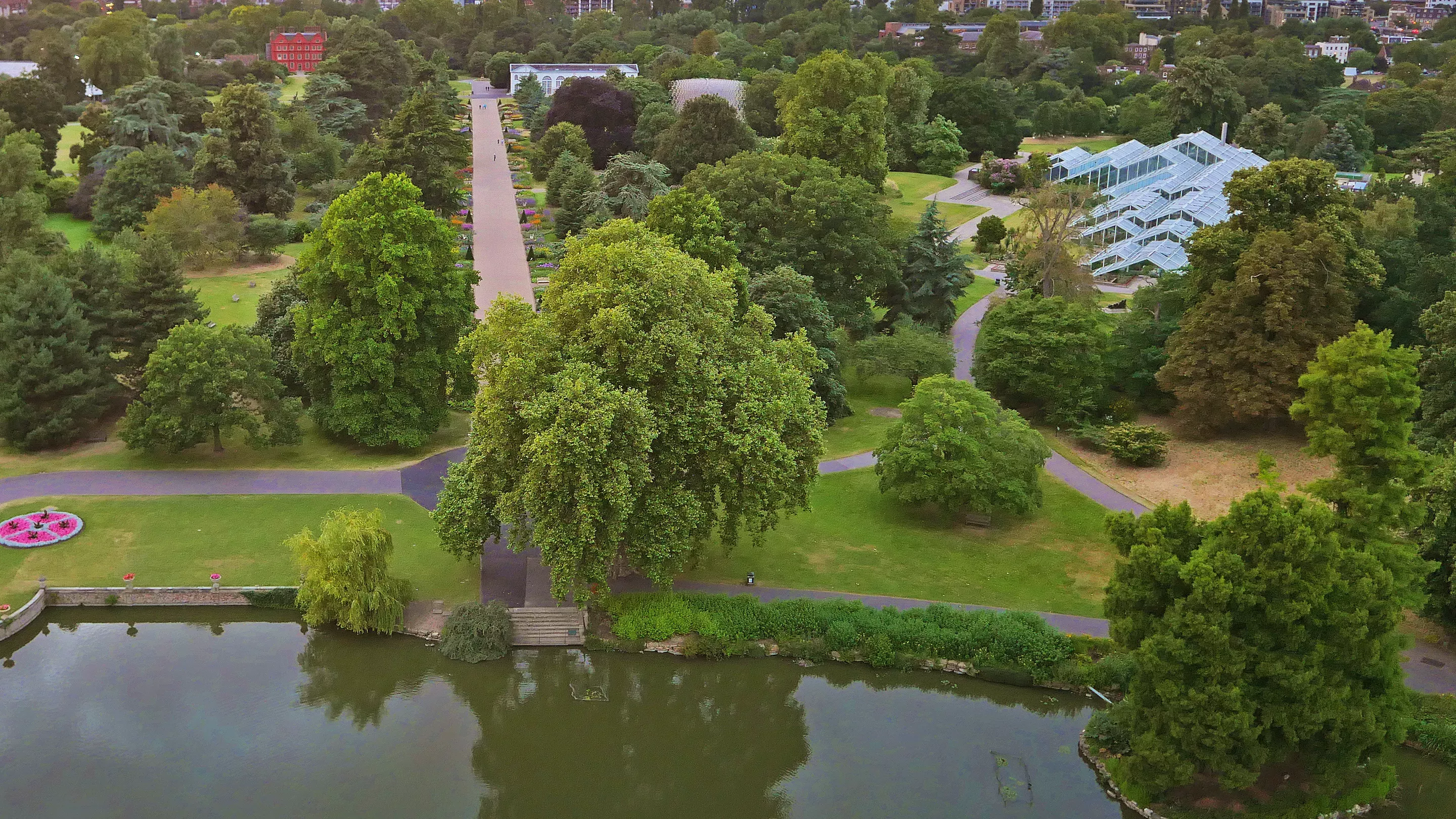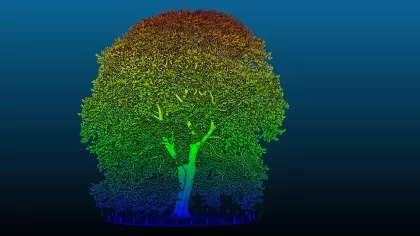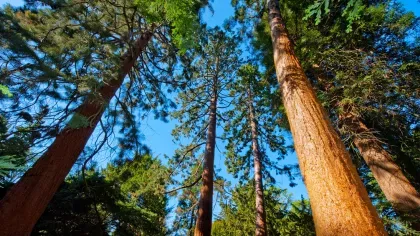27 February 2023
Meet Kew's Old Lions
From a Japanese pagoda tree to a maidenahair tree, discover some of the oldest residents of Kew Gardens.

Kew Gardens can trace its history back over 250 years to 1759, when Augusta, Princess of Wales, founded a nine acre botanic garden within the pleasure grounds at Kew.
Over the years, the Gardens have seen a huge amount of change, but incredibly, some of the plants from the original grounds still survive today.
Five iconic trees have collectively become known as Kew’s ‘Old Lions’, a term originally coined by John Smith, Kew’s first curator who worked at Kew from 1822 to 1864.
Here we explore these five Old Lions alongside some of Kew's other long term residents.
Kew's Old Lions
Japanese pagoda tree (Styphnolobium japonicum)
The Japanese pagoda tree, situated next to the Hive at Kew Gardens, was originally planted in the arboretum in 1762.
Brought to England from China by James Gordon, Kew’s specimen was one of the first planted in Britain.
Despite the name, Japanese pagoda trees are originally from China and Korea. When it was first described by scientists, they only had samples from Japan, where it is often planted near Buddhist temples.
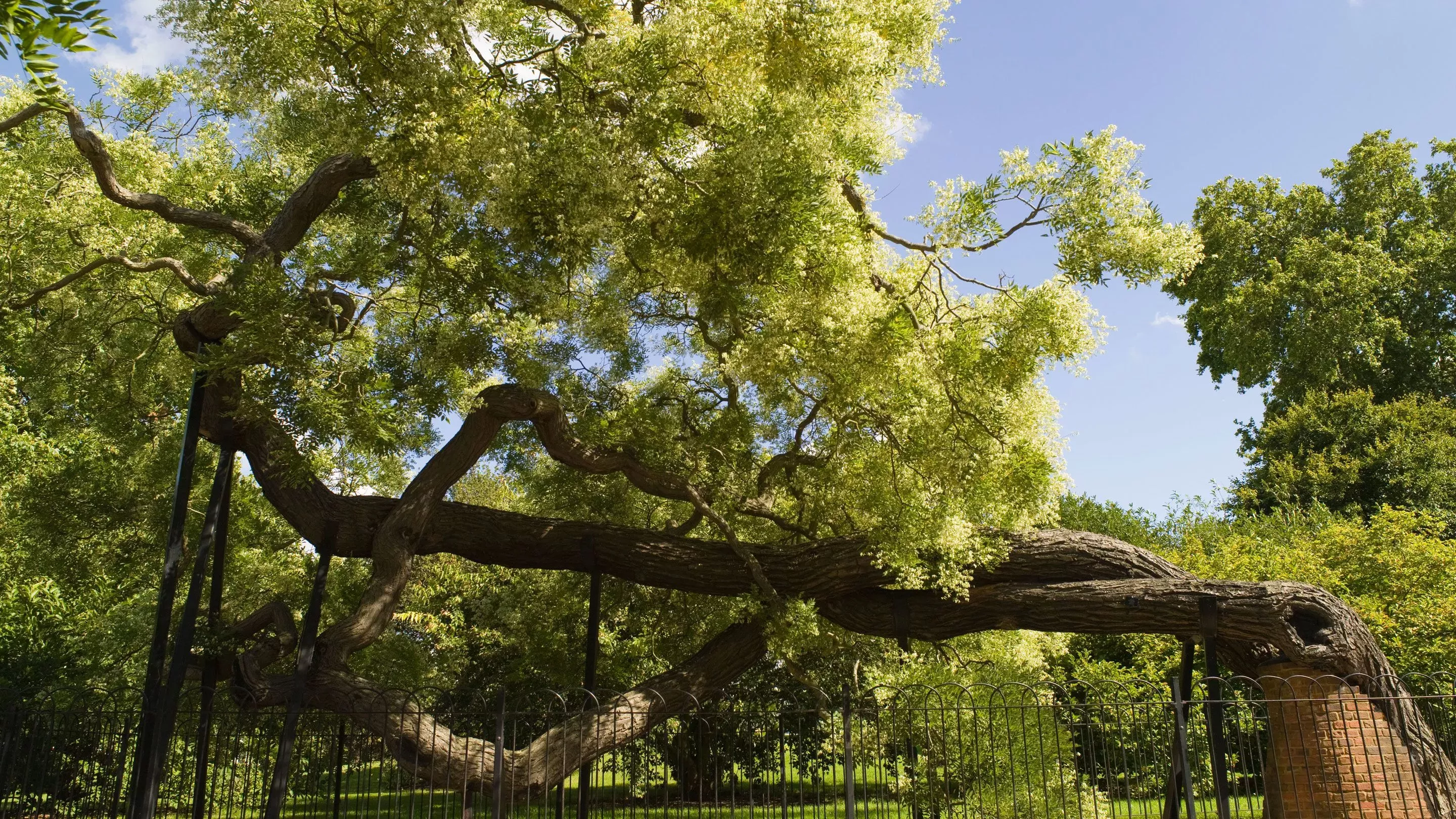

Maidenhair tree (Ginkgo biloba)
The oldest of Kew’s maidenhair trees was one of several grown by the London nurseryman James Gorden in 1758, and is thought to be one of the first of its species to be grown in the country.
Originally planted in the Duke of Argyll’s Garden at Whitton, it was transferred to Kew in 1762, following his death, by his nephew Lord Bute.
Maidenhair trees are one of the oldest species of trees in the world. Often called ‘living fossils’, they are the only surviving member of a family of trees which flourished 180 to 200 million years ago. Fossils of maidenhair trees from this period are almost identical to modern maidenhair trees.
The oldest recorded maidenhair tree is 3,500 years old.
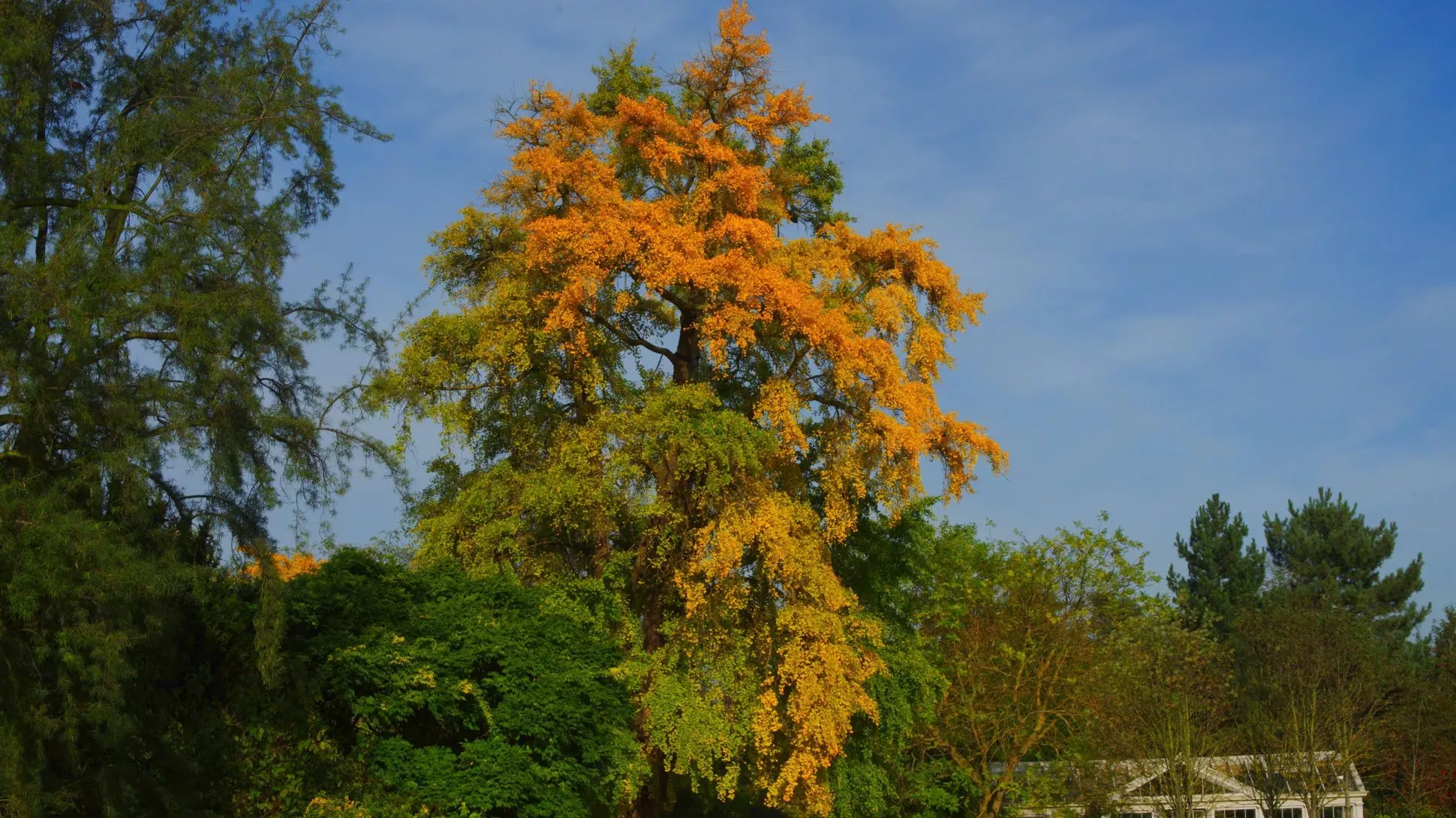
Oriental plane (Platanus orientalis)
Native to Southeast Europe and Southwest Asia, the Oriental plane was originally introduced to Britain in the mid-16th century.
Kew’s specimen, located next to the Orangery, is also believed to have come from Whitton, later brought to Kew in 1762.
It was one of a number of Oriental planes that would have been planted in a row leading from the White House, a former Royal Palace which stood in front of Kew Palace, to the Orangery.
Oriental planes are very hardy and long-lived trees, growing up to 30 metres tall. They are often grown in temperate regions, as they are ideal for providing shade.

Caucasian elm (Zelkova carpinifolia)
Situated behind the scenes at Kew near the Herbarium, this is the only Old Lion planted outside of the original boundaries of the Gardens.
Planted in 1760, the Caucasian elm is the only survivor of a group of three; its two fellows were lost in the 1987 and 1990 storms.
Did you know? Despite being a member of the elm family, Caucasian elms are not considered true elms, as their bark is smooth.


Black locust (Robinia pseudoacacia)
The black locust, also known as the false acacia tree, was introduced to Europe in the 1630s. The black locust tree’s odd common name comes from its resemblance to the carob tree, which was also known as the locust tree in ancient times.
Another transplant from the Duke of Argyll’s Garden at Whitton, Kew's black locust was planted in the Gardens in 1762.
The black locust is a member of the legume, or bean, family with showy hanging clusters of fragrant white flowers in June. Kew's tree actually has several iron bands around it to hold it together.


Other notable old Kew residents
Stone pine (Pinus pinea)
At the time that the stone pine was planted in the Gardens in 1846, it was thought to be at least 100 years old, having started life as a pot plant in Princess Augusta’s personal collection.
Unlike other stone pines, where the branches grow much higher up the trunk, the branches of this tree grew close to its base – perhaps a product of its early years confined to a pot.
In October 2022, we sadly lost Kew’s historic stone pine. Having been infected with a fungal disease, a large part of the tree collapsed onto the path next to it. The rest of the tree was later removed due to health and safety concerns.


Sweet chestnut (Castanea sativa)
Native to Southern Europe, sweet chestnut trees were highly valued by the Romans who introduced them to Britain. They would have been used as timber, and a source of food.
The sweet chestnut near the Lake is thought to be Kew’s oldest tree. It was planted between the late 17th and early 18th centuries by Charles’ Bridgeman, founder of the English Landscape Movement. Back then, it was one of a selection of trees that divided the two royal estates of Kew and Richmond.

Corsican pine (Pinus nigra subsp. Laricio)
Kew’s Corsican pine was planted in 1814, having been bought to Kew from the South of France as a seedling. It was originally part of Kew’s first pinetum, which comprised of 30 to 40 trees.
Known as Kew’s unluckiest tree, it has experienced a lot during its lifespan: it has been struck by lightning twice, most recently in 1992; and in 1928 it was hit by a light aircraft which landed near Lion Gate.
Corsican pines can live for up to 500 years, and grow to 40 to 60 metres tall. Native to the Mediterranean, they are often found in mountainous regions up to 2000 metres above sea level.

The next time you visit, keep an eye out for these long-term residents and Old Lions hiding in plain site across the Gardens.
